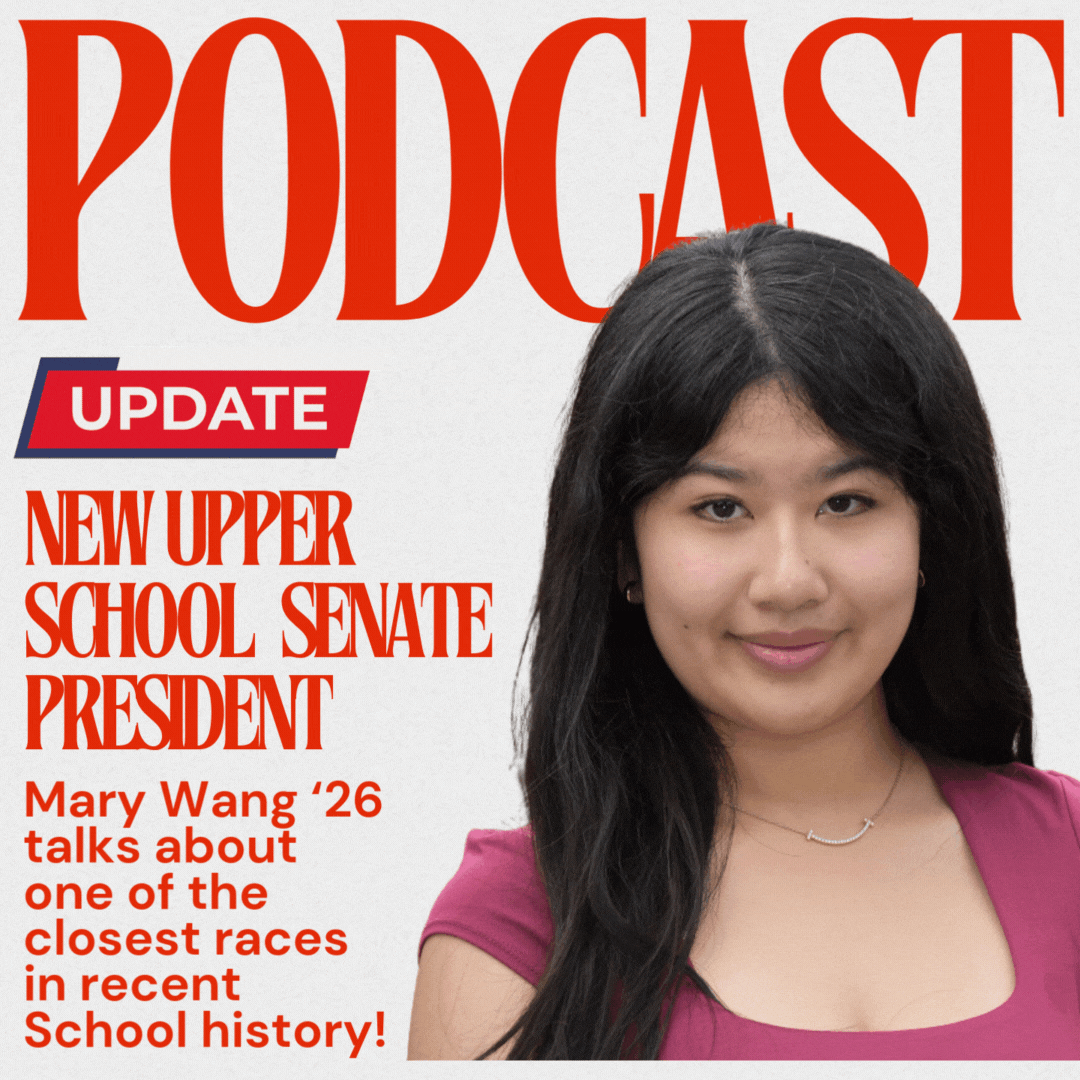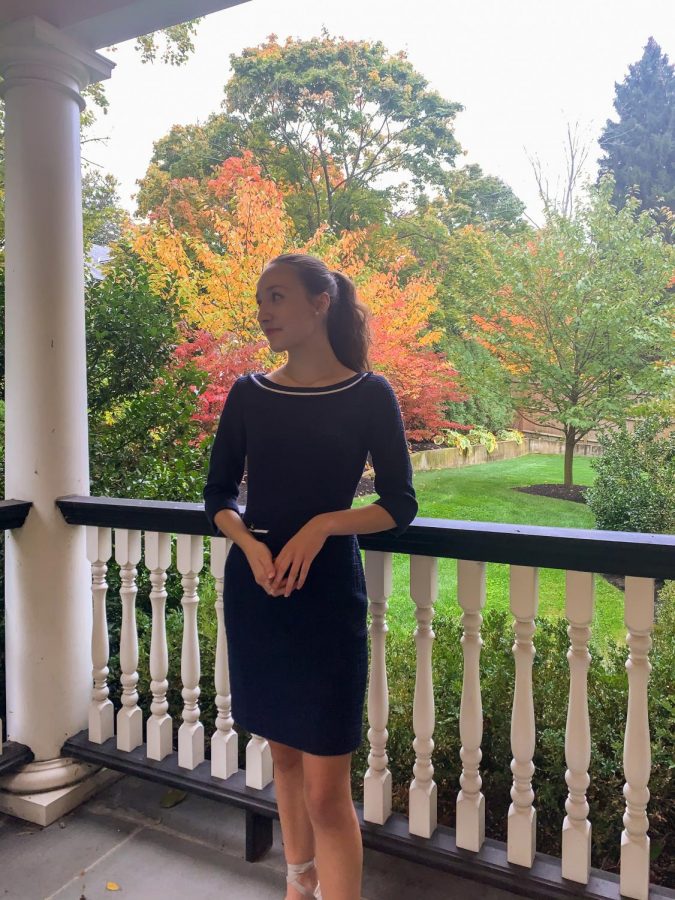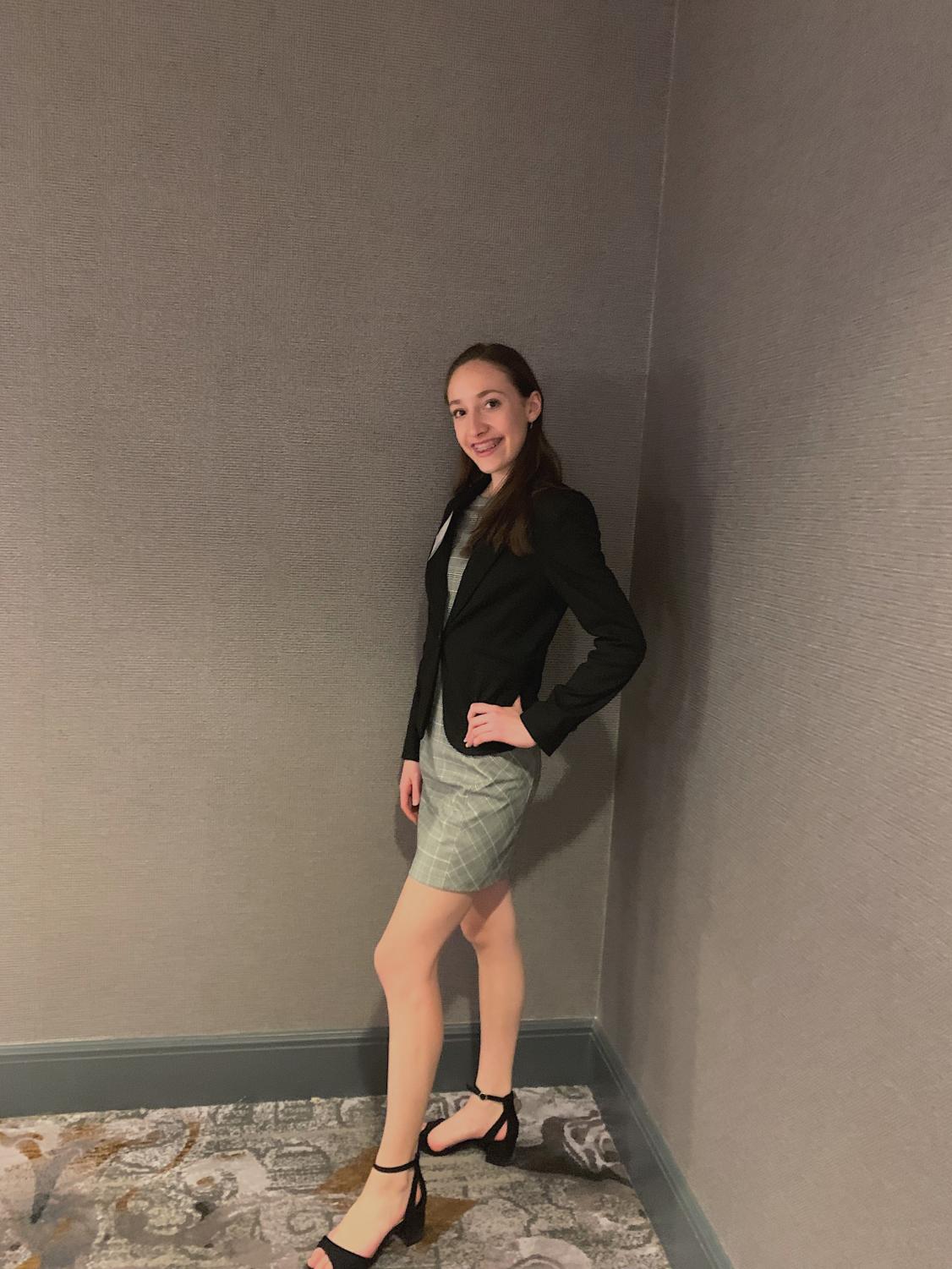Op-Ed: Empowerment Through Attire
Though playful at its core, fashion largely serves as an empowering tool. How you dress is a powerful communication tool, and a simple change in clothing might end up transforming your life.
April 7, 2021
My very first word as a child was more or less unconventional.
While my parents might have expected their child to say something along the lines of “mama” or “dog,” at fourteen-months-old, I exclaimed “pocketbook!” at a vibrant, apricot-hued purse on display. Well, what I said sounded more like “pocka-booka.” Despite my childish pronunciation, this jovial moment has signified the start of a passion for all things fashion, and a budding exploration of personal style.
Fashion is uniquely individual. In fact, this is what I love most about it. Each meticulously picked outfit — down to the very details of stitching — is a display of personality, as well as a projection of values and ambitions.
Though playful at its core, fashion largely serves as an empowering tool. For me, this empowerment is found in the form of more formal attire.
Longer dresses and skirts reinforce formality and etiquette in my everyday life. While sprightly shades of fuchsia reflect a sense of vivaciousness and passion in the activities that I chose to undertake, accessories and coordinating patterns display organization and attention to detail.
I admit that, being 15 years old, this way of dressing is highly uncommon. Apart from Model United Nations conferences, I seldom encounter another teenager who shares a similar style and interest in more formal clothing.
As a result of this, I often face judgment.
While some express their fondness of my clothing, others choose to make negative comments — often based on the stereotype that members of a certain political party or religion dress in a specific, more “modest” way. Frankly, I find these types of comments to be absurd.
Today, tighter and more revealing clothes are major trends among teenagers, and athleisure is rapidly growing in popularity.
In an article for The Atlantic, writer Derek Thompson poses the question, “How Did Athleisure Take Over American Fashion?”
Thompson cites a survey conducted by Piper Jaffray Proprietary, which presents the popularity behind famous athleisure brands.
“Of the share of upper-income teenagers who say that athleisure stores like Lululemon are their favorite apparel brands has grown by a factor of six in the past decade,” Thompson writes. “Incongruously, athleisure has grown in popularity among teens at the same time that American youth sport participation has declined significantly.”
For students, wearing this sort of leisurely attire, including sweatpants and sweatshirts, can allow them to become easily accustomed to the comfort of their clothes. In turn, this creates an environment where school is treated as a comfortable, “home” setting rather than the formal academic setting that it is intended to be.
In my experience, wearing more formal outfits works to my advantage; I am able to focus better in class and feel more driven to participate in discussions. I also feel a heightened sense of motivation and a greater sense of confidence in my abilities.
The New York Times references a study conducted by Adam Galinsky, a professor at the Kellogg School of Management at Northwestern University, that examines enclothed cognition, a phenomenon called “the effects of clothing on cognitive processes.”
The study involved two experiments. The first examined the effect of wearing a white lab coat versus street clothes when completing a test for “selective attention based on their ability to notice incongruities.” Of the 58 undergraduates involved in the study, half of the group wore the lab coat during their exam while the others remained in their street clothing.
“Those who wore the white lab coats made about half as many errors on incongruent trials as those who wore regular clothes,” the study concludes.
So, how could something so simple as a piece of white cloth affect the results of a test?
Dr. Galinsky explains that because doctors are associated with having laser-sharp focus and close attention to detail, the test-takers who wore white lab coats believed that they were embodying these characteristics. Therefore, they were effective in gaining an increased focus, and scored better results on their test.
“Clothes invade the body and brain, putting the wearer into a different psychological state,” Galinsky said.
These studies might just prove that the cliché phrase, “dress for success,” holds some validity.
I have found that many young people are opposed to the idea of wearing more formal clothes out of fear that they will be judged by their peers, viewed as overly-confident, and generally will no longer fit in. To anyone who shares this conformist mentality, I urge you to reconsider.
The way you dress is a powerful communication tool, and a simple change in clothing might end up transforming your life.





























































